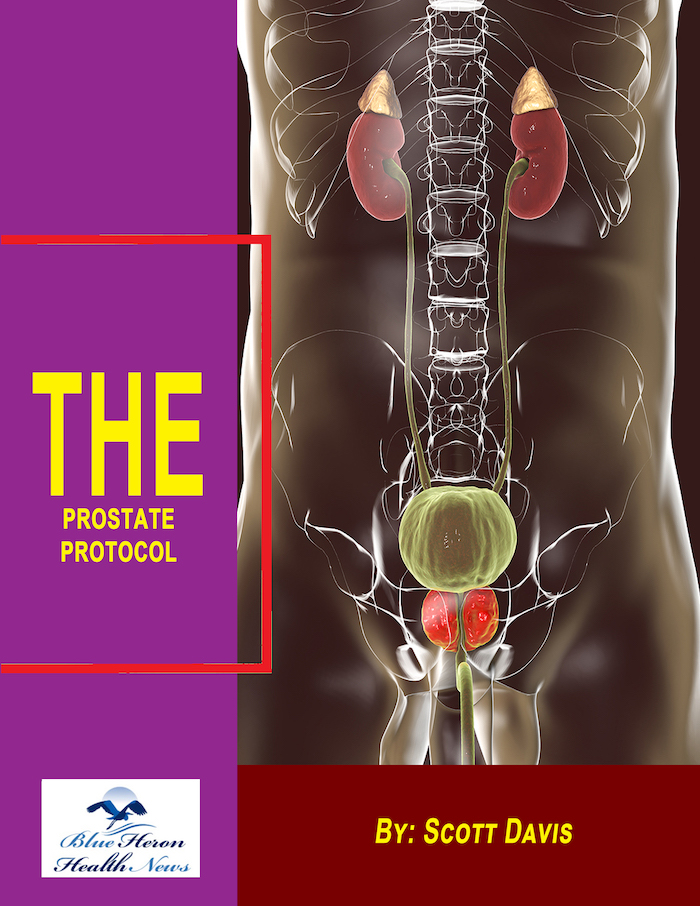
How does prostate enlargement lead to a feeling of not fully emptying the bladder?
Prostate enlargement, also known as benign prostatic hyperplasia (BPH), can lead to the sensation of not completely emptying the bladder because there are multiple mechanisms that disrupt normal urination. This is what happens:
1. Bladder Outlet Obstruction
As the prostate enlarges, it compresses the urethra, the tube through which urine exits the bladder. Compression allows partial obstruction of the bladder outlet.
As the bladder contracts to void urine, it has to work harder in order to compensate for the enhanced resistance of the enlarged prostate gland, and so incomplete bladder emptying may be caused.
Though the bladder indeed contracts, its urine flow might be reduced or irregular, thereby causing the urge to feel one is not completely emptying the bladder.
2. Inadequate Relaxation of the Muscles of the Urethra
The urethral muscles responsible for controlling urine flow may fail to respond optimally with the increased pressure resulting from the swollen prostate.
It results in failure to relax the muscle that regulates the opening of the urethra, and hence the smooth flow of urine becomes a more challenging process, leading to retention of urine despite the release of urine.
3. Overactive Bladder Muscles
In return for the resistance because of the enlarged prostate, the muscles of the bladder (detrusor muscles) may be overactive in an attempt to push urine past the obstructed urethra.
These muscles will fail to contract normally, and therefore there is partial emptying. This produces a sensation that one’s bladder has not been emptied adequately, even after passing urine.
4. Bladder Retention and Stasis
Chronic partial emptying of the bladder can lead to urinary retention, whereby some of the urine remains in the bladder after micturition.
Eventually, retained urine stretches and compromises the effectiveness of the bladder to empty, so the feeling of not being able to empty the bladder becomes worse.
5. Increased Residual Urine
With BPH, residual urine (the amount of urine retained in the bladder after voiding) can be elevated. This will be a source of the sensation of incomplete voiding and sensation of bladder fullness after voiding.
6. Bladder Dysfunction
Over time, the chronic stress on the bladder from the obstruction can lead to thickening of the bladder wall and loss of normal contractile function. That is, the bladder is less effective at contracting, resulting in the sensation of incomplete emptying.
Treatment Options to Relieve Incomplete Emptying:
Alpha-blockers (e.g., tamsulosin): These decrease the smooth muscles of the bladder neck and prostate, making it easier for urine to flow and contributing to improved bladder emptying.
5-alpha-reductase inhibitors (e.g., finasteride): These shrink the prostate, reducing its pressure on the urethra and improving urine flow.
Surgical treatments (e.g., TURP – transurethral resection of the prostate): In some cases, surgery is needed to remove prostate tissue and clear the blockage in more severe cases.
Would you like to know about other treatments or lifestyle changes to alleviate symptoms?
Acute urinary retention is an acute condition where the bladder is unable to empty and may occur suddenly in men with an enlarged prostate (typically due to benign prostatic hyperplasia, BPH). It is extremely painful and requires urgent medical treatment. The classical presentation of acute urinary retention due to prostate enlargement is as below:
1. Severe Lower Abdominal Pain
Sudden, sharp pain or aching in the lower abdomen, typically above the pubic bone. It results from the bladder being overdistended as it becomes full of urine but is unable to void because of prostate blockage.
2. Inability to Urinate
Total inability to urinate despite strong desire to pass urine. While there is a feeling of the need to pass urine, no urine is passed. This is the classic presentation of acute urinary retention.
3. Intense Urge to Urinate
The strong sensation of having to urinate, but regardless of how hard one tries, no urine can be released. That is because the bladder is full but obstructed.
4. Painful Urination
Severe pain or discomfort when attempting to urinate, even though no urine is produced. That is because the bladder is stretched and pressing on the surrounding tissues.
5. Distended Bladder
Visible or palpable distension of the lower abdomen. The bladder is swollen and hard and can be seen, at times even felt by pressing on the abdomen or observing a bulging area just above the pubic bone.
6. Nausea and Sweating
Nausea, sweating, or dizziness may follow because of severe discomfort and the physical stress of a full bladder.
7. Restlessness or Anxiety
Due to the painful agony, patients may become restless or vastly anxious, realizing that they are unable to release the pressure off their bladder.
8. Urinary Tract Infections (UTIs)
Untreated acute urinary retention may lead to urinary tract infections, which can be responsible for causing fever, chills, cloudy or pungent urine.
9. Potential Kidney Damage
If the obstruction is not removed early, it may lead to hydronephrosis (swelling of the kidneys) and injury to the kidneys due to backpressure of urine. This is likely in cases of long-term acute retention.
When to Seek Medical Attention Immediately
When any of the above symptoms occurs, one should seek immediate medical care. Acute urinary retention can lead to severe complications if one does not approach it on time. The treatment can involve:
Catheterization: The insertion of a catheter to relieve retention by emptying the bladder.
Drugs: Alpha-blockers or 5-alpha-reductase inhibitors might be employed in shrinking the size of the prostate and enhancing urine flow.
Surgical Treatments: If the above treatments don’t work, surgery such as transurethral resection of the prostate (TURP) will be required.